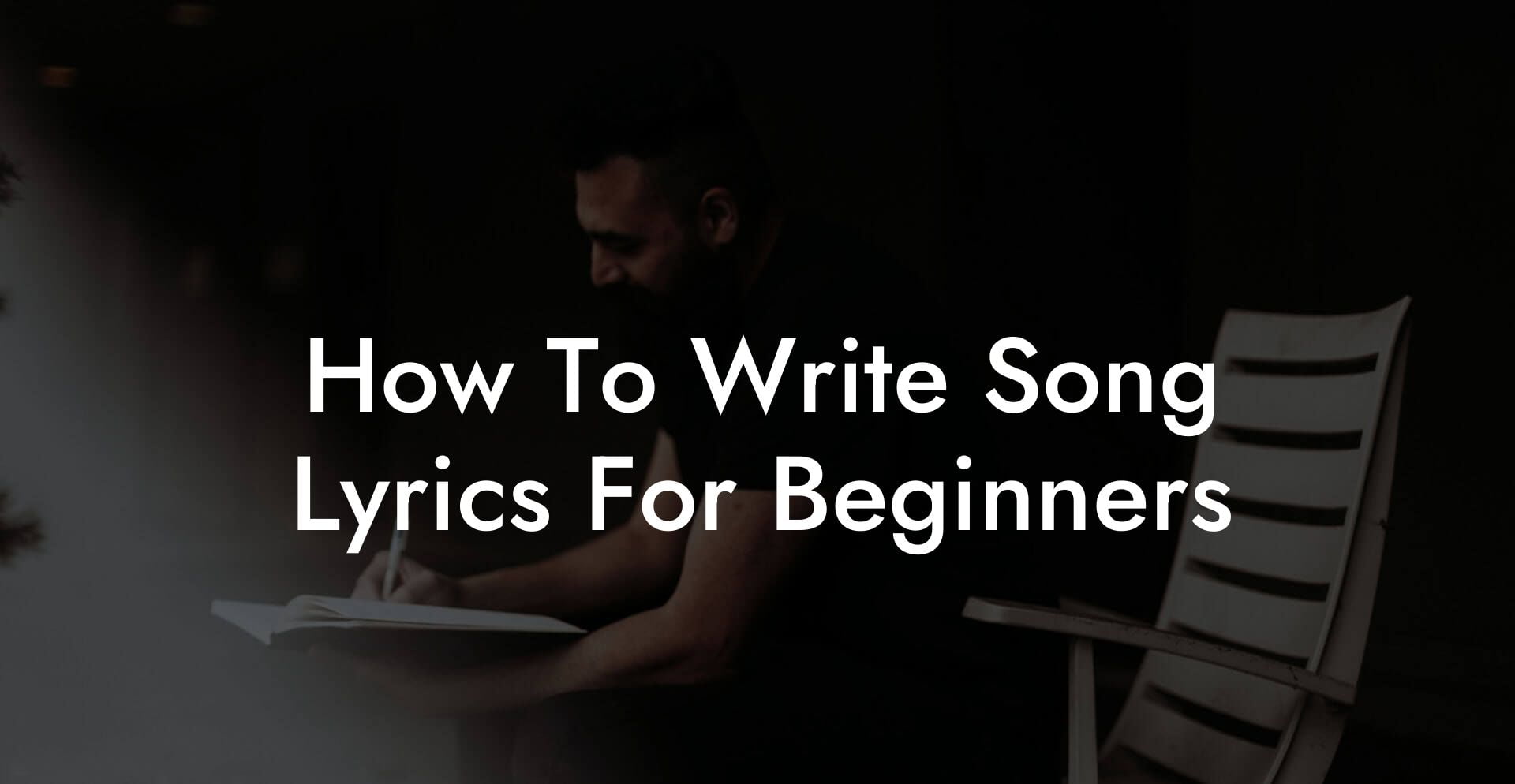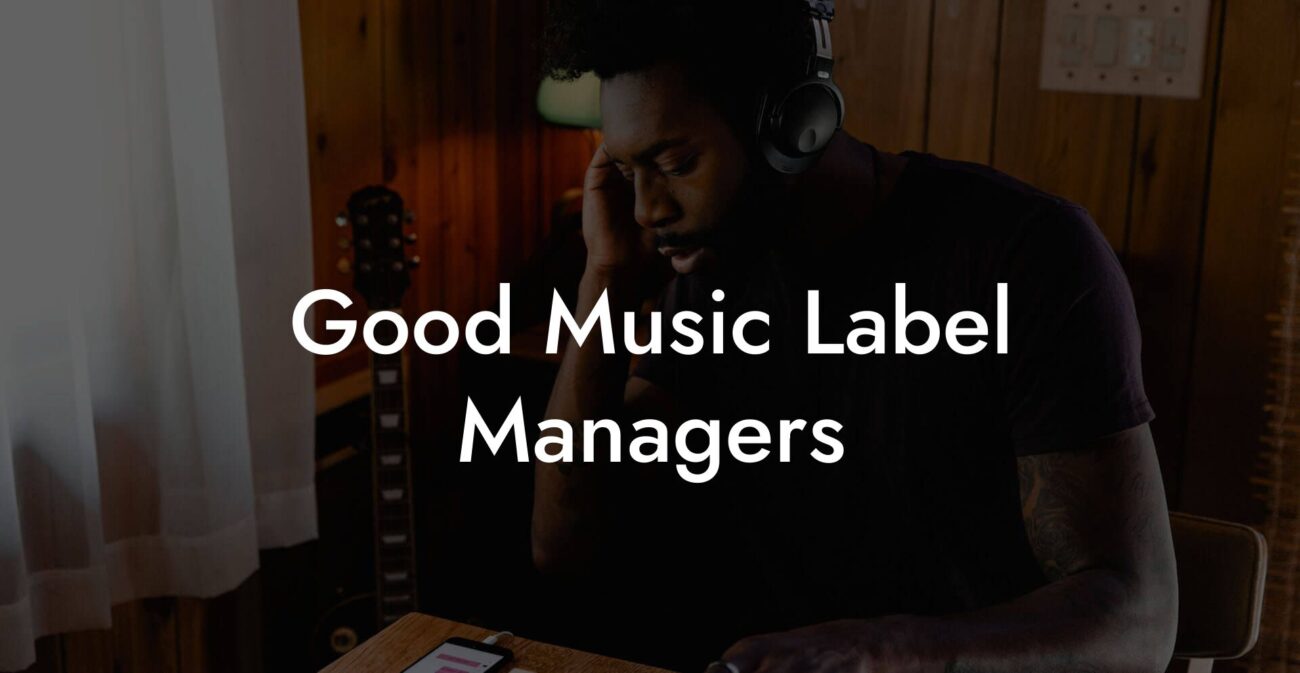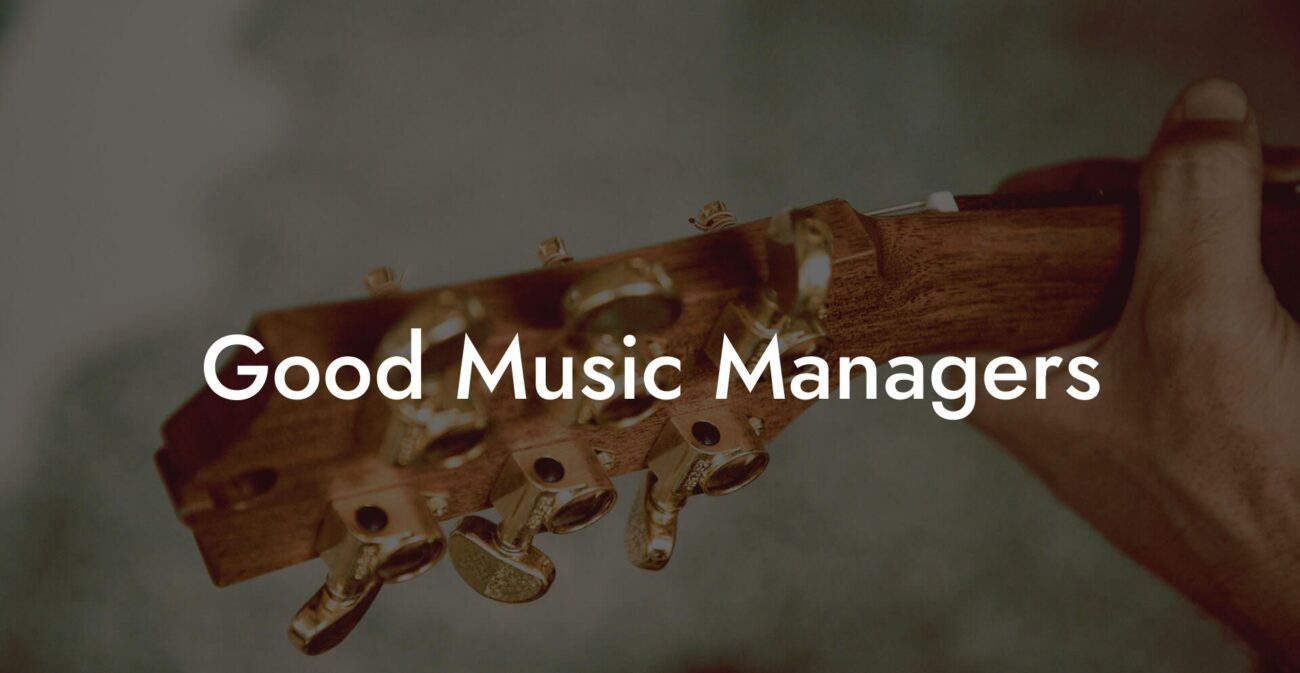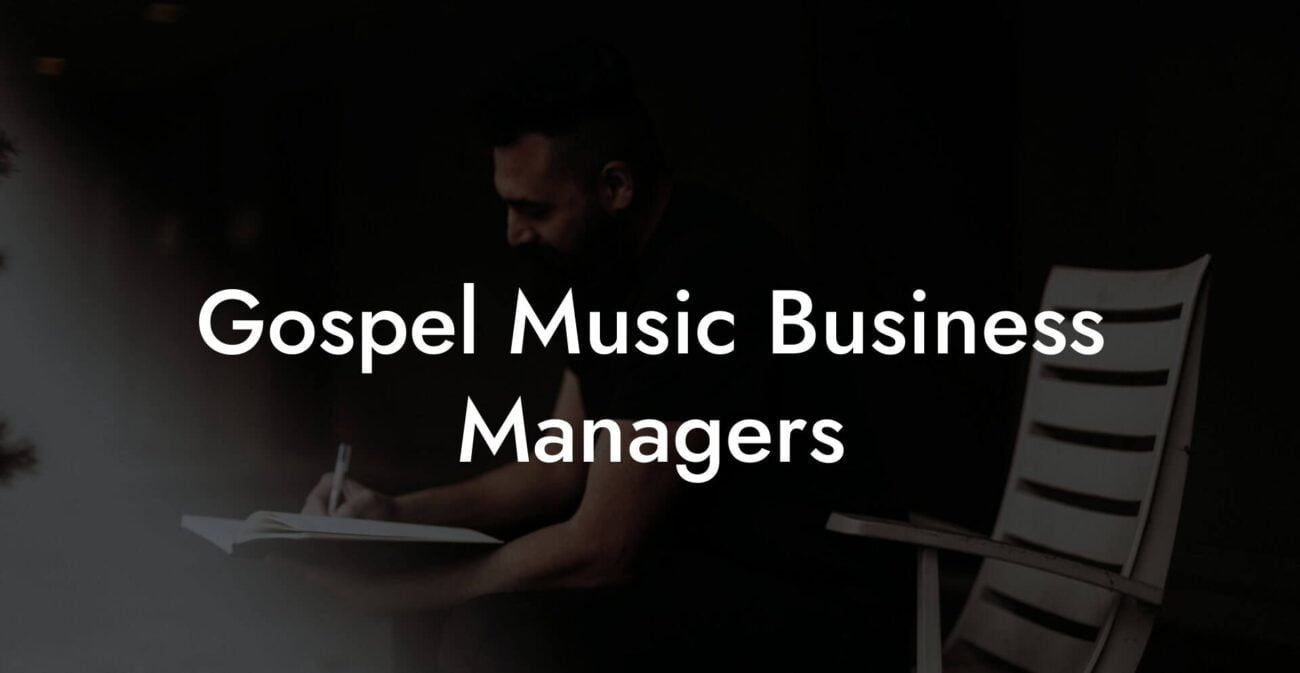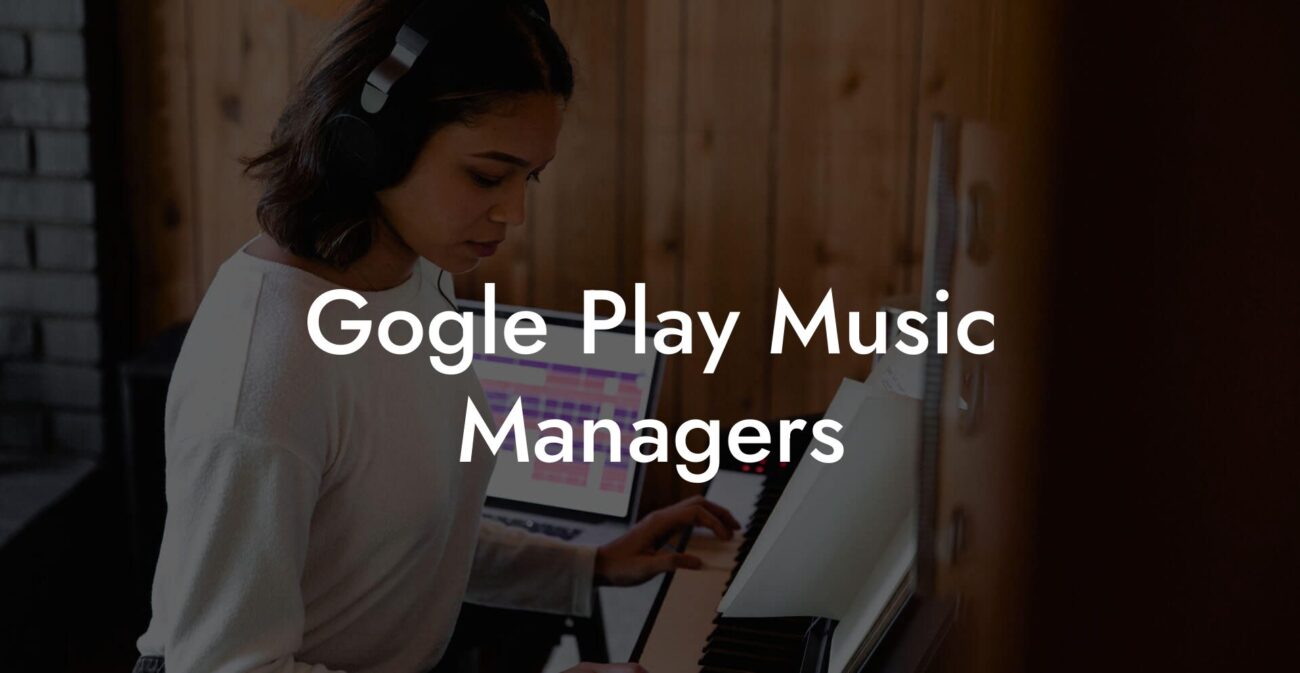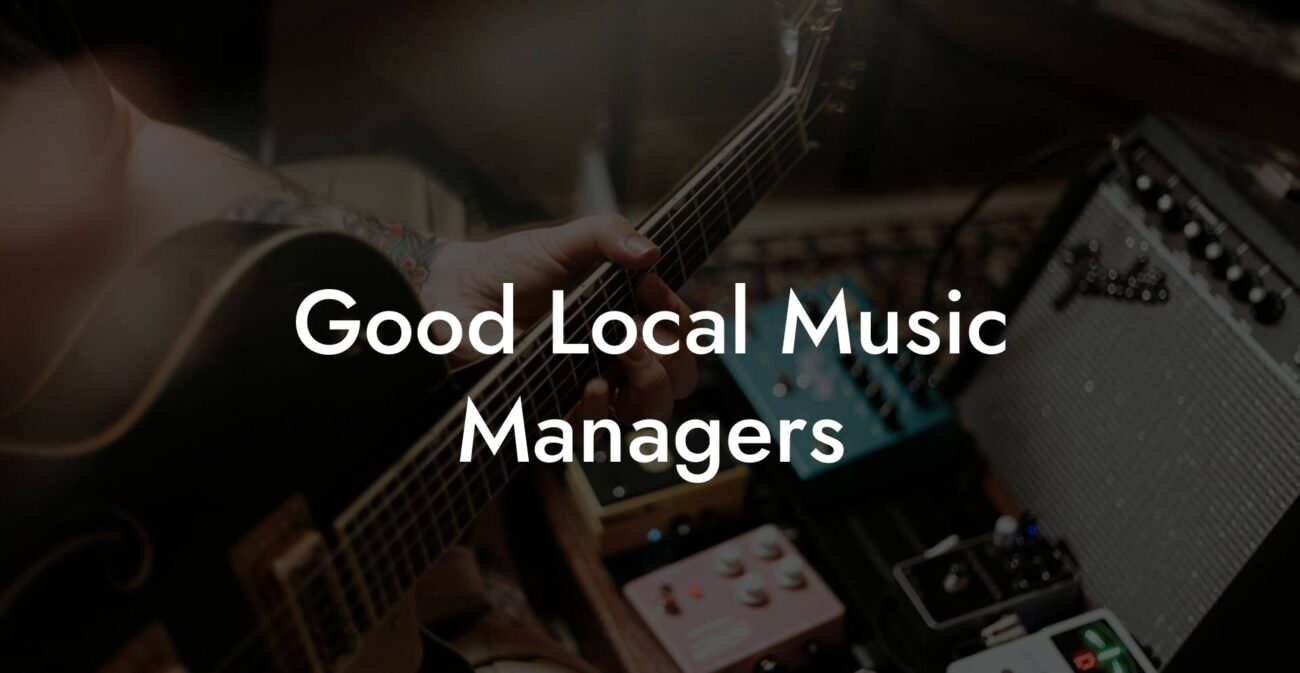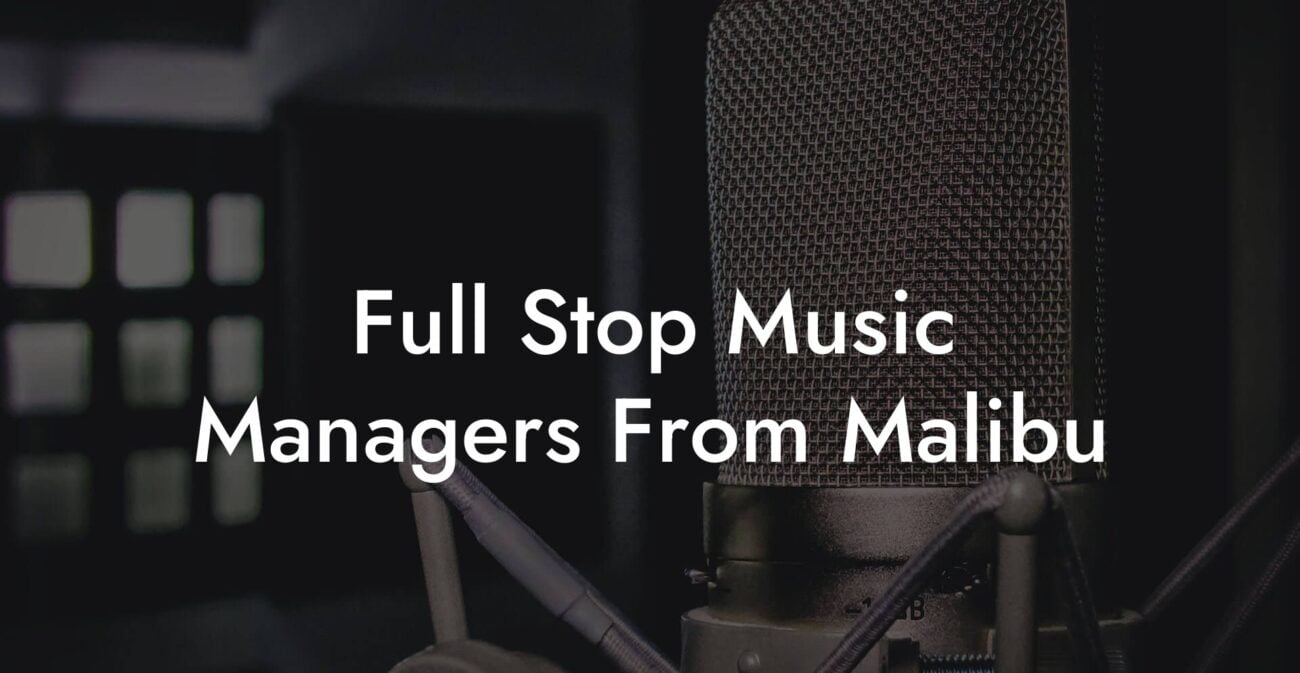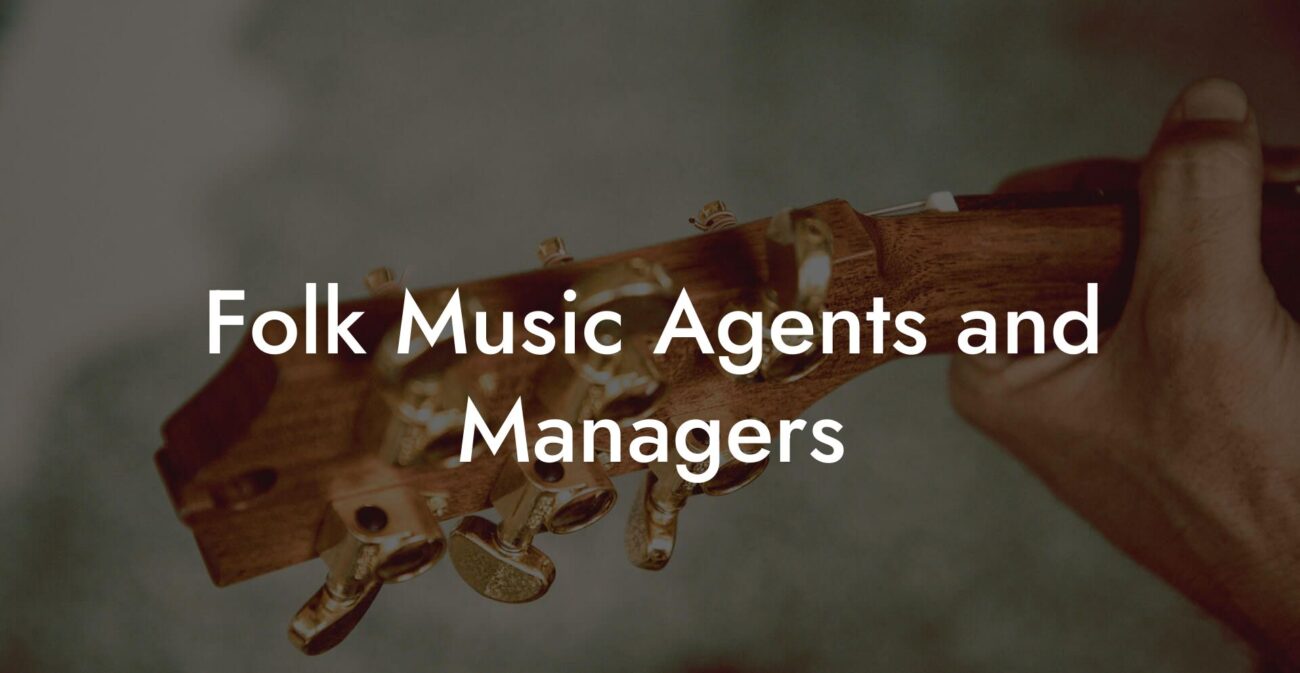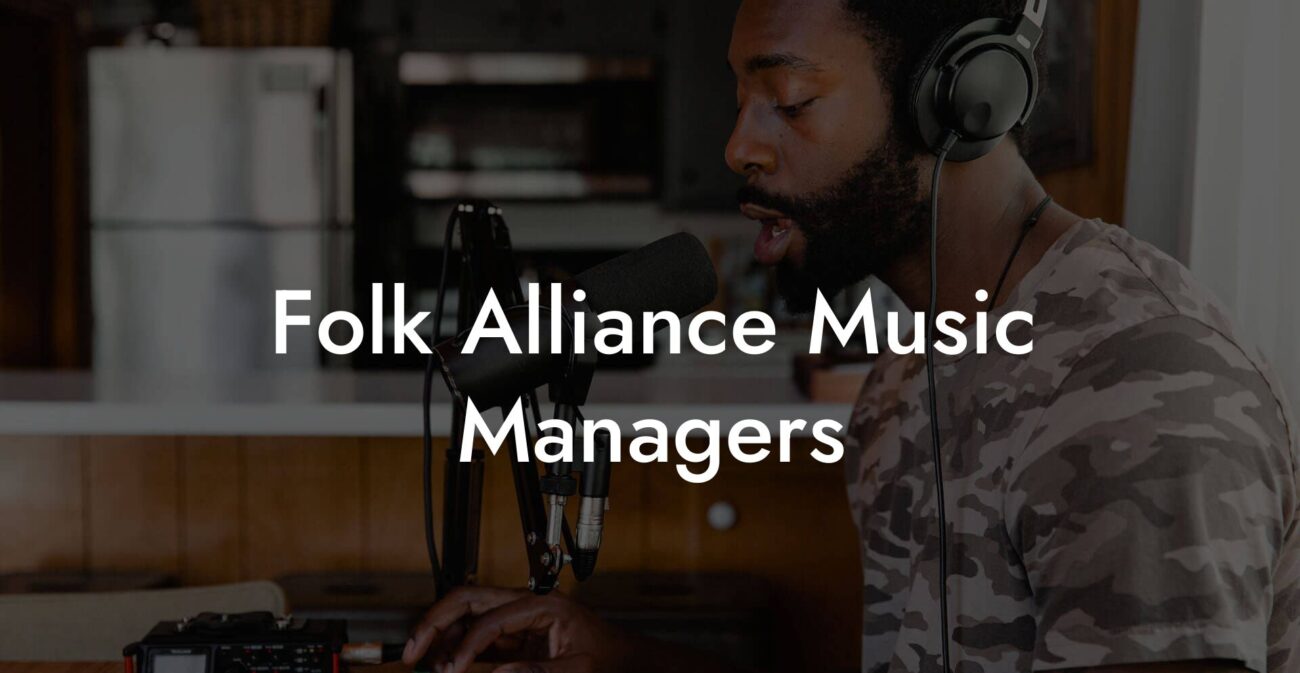Ever found yourself tapping your fingers on a desk, humming a random tune, and wondering, “How on earth do I turn this chaos into a killer song lyric?” Welcome, future lyricist! Whether you’re a total newbie or have scribbled a few rhymes on napkins, this guide is your backstage pass to mastering the art of writing flawless song lyrics. Armed with wit, heart, and maybe a cup of coffee (or three), you’re about to learn the secrets that help transform your raw ideas into a melody that resonates with millions. Let’s dive into the creative process and make magic happen!
Looking to write your next song? Transform your creative ideas into songs that people will love, and skyrocket your music career with Lyric Assistant. The perfect songwriting assistant. Find out more →
Quick Links to Useful Sections
- Discovering Your Creative Spark
- The Building Blocks: Understanding Song Structure
- The Verses: Telling the Story
- The Chorus: The Heartbeat of Your Song
- The Bridge: A Fresh Perspective
- Finding Your Unique Voice: Embracing Authenticity
- Navigating Rhymes, Rhythm, and Meter: The Technical Side
- The Art of Rhyme
- Keeping the Rhythm: Flow and Meter
- Breaking Rules to Create Your Signature Style
- Crafting Meaningful Lyrics Through Storytelling
- Start With a Message
- Create Vivid Imagery
- Keep it Relatable
- Infusing Emotion: How to Connect With Your Audience
- Draw From Personal Experience
- Use Powerful Verbs and Sensory Details
- Play With Dynamics
- Tools of the Trade: From Paper to Digital Platforms
- Writing Software and Apps
- Voice Recorders and Digital Notebooks
- Collaborative Platforms
- Social Media and Community: Sharing Your Art With the World
- Polishing Your Masterpiece: Revision and Refinement
- Read Aloud and Iterate
- Seek Honest Feedback
- Take Breaks and Return Refreshed
- Embracing Experimentation: When to Follow the Rules and When to Break Them
- Tips From the Pros: Learning From Successful Songwriters
- Resources and Community Support: Your Next Steps
- Frequently Asked Questions About Writing Song Lyrics
- Your Journey to Lyrical Mastery Begins Now
Discovering Your Creative Spark
Writing song lyrics is like going on a treasure hunt in your own mind—and sometimes in the rhythm of everyday life. You don’t need to be Shakespeare reincarnated to pen something impactful. Instead, begin by exploring the eclectic mix of inspiration that surrounds you. That quirky conversation at the coffee shop, the bittersweet taste of your favorite ice cream, or even the epic meme that made you snort-laugh—each moment can morph into an unforgettable lyric.
The first step in your lyric-writing journey is to embrace curiosity and spontaneity. Don’t overthink it. Allow your thoughts to flow freely, jotting down words and phrases that catch your attention. Think of your favorite artists: they weren’t born with a magic pen—they labored over drafts, embraced mistakes, and revised until their lyrics hit home. So take a deep breath and let your ideas spill onto paper (or your digital document).
Remember, everyone’s creative spark is unique. The key is to recognize that little light and let it guide your lyrical journey. At Lyric Assistant, we believe that even the most unconventional ideas can transform into chart-topping verses with the right approach.
The Building Blocks: Understanding Song Structure
Just as a house needs a solid foundation, a song needs a well-organized structure. While there’s no one-size-fits-all formula for songwriting, understanding the common components of a song can frame your creative ideas into something that sounds both compelling and professional.
Write Lyrics Like a Professional Songwriter
The ultimate songwriting tool that takes your creative vision to the next level! With just a few clicks, you can unleash your inner songwriter and craft a hit that's uniquely yours. Your song. You own it.
The Verses: Telling the Story
Verses are where you build your narrative. They set the scene, introduce the characters, and lay the groundwork for your song’s message. Think of them as chapters in a mini-book. Each verse should offer a new angle or detail, gradually adding depth until you reach the chorus that encapsulates your core idea.
The Chorus: The Heartbeat of Your Song
Often the most memorable part of a song, the chorus is where emotion meets rhythm. This is your chance to sum up your core message in a catchy, repeatable way. When done right, your chorus will be the part your fans sing along with at every concert. Craft it with care, ensuring it has a strong melodic hook and relatable lyrics that evoke emotion.
The Bridge: A Fresh Perspective
The bridge serves as the plot twist in your song. It’s a break from the repetition of verses and choruses, offering a fresh take or a contrasting emotion. Use the bridge to introduce a surprising twist or a resolution to your narrative. The best bridges are those that seamlessly connect with the rest of your song while adding something new and unexpected.
While structures like AABA, ABAB, or verse-chorus-verse-chorus are common, feel free to experiment. Sometimes, breaking the rules can lead to the most innovative and heartfelt creations.
Finding Your Unique Voice: Embracing Authenticity
Every songwriter has that distinct voice—a signature vibe that sets them apart from the crowd. But how do you find yours? Start by being unapologetically honest. Write about what matters to you, whether it’s joy, heartbreak, rebellion, or even the hilarity of a bad day at work. Authenticity resonates because it’s real.
Experiment with different styles, tones, and perspectives. Do you have a knack for storytelling, or do you excel in painting vivid images with words? Try out different lyrical styles—narrative, abstract, or conversational—to discover what feels most natural. Once you hone in on your style, lean into it. Your unique voice is your superpower in the saturated world of music.
At times, the pressure to mimic your favorite artists can be overwhelming. Remember, authenticity is the ultimate currency in songwriting. Let your quirks, experiences, and emotions shine through. It’s not about churning out perfect rhymes; it’s about crafting lyrics that genuinely reflect who you are.
Navigating Rhymes, Rhythm, and Meter: The Technical Side
Now that we’ve fumbled around in the realm of raw creativity, it’s time to get a little technical. Songwriting isn’t just about writing what comes naturally (though that’s part of the fun); it’s about structuring your words so that they play nicely with the melody.
The Art of Rhyme
Rhyming is the sprinkle of fairy dust that can transform ordinary lyrics into something memorable. While perfect rhymes can create a satisfying symmetry, don’t shy away from near-rhymes or even slant rhymes, which can add a modern twist to your verses. Remember, your audience is a savvy mix of Gen Z and millennials—they appreciate creative deviations from the formula.
Play with internal rhymes, multisyllabic rhymes, and vary your schemes to keep things fresh. And if you ever feel stuck, try reading your lines aloud. Chances are, the sound of your words will guide you to the next perfect rhyme.
Keeping the Rhythm: Flow and Meter
Flow is like the heartbeat of your song lyrics. It’s how your words dance to the beat of your music. Start by identifying the natural cadence of your writing. Do your lines swell with energy or drift into introspection? Once you establish your meter, stick to it unless a deliberate disruption is part of your artistic vision.
Experiment with different rhythmic patterns until you find one that fits both your lyrics and your melody. For instance, writing in a syncopated rhythm might add tension and excitement, while a steady, even beat could enhance the reflective mood of a ballad.
Breaking Rules to Create Your Signature Style
While it’s important to understand the mechanics of rhyme and meter, don’t be afraid to break the rules. Some of the most iconic songs emerged when songwriters decided to twist the conventions in their favor. Whether it’s an unorthodox rhyme scheme or a sudden shift in rhythm, these deviations can inject character into your work. The secret lies in balance: know the rules well enough to bend them purposefully.
Crafting Meaningful Lyrics Through Storytelling
Storytelling in songwriting is your golden ticket to capturing the hearts of your listeners. The best lyrics often tell a story that unfolds with every verse, inviting the audience to become part of your narrative. Think of it as a mini-movie or a chapter in a novel, but set to a killer beat.
Start With a Message
Every great song begins with a message—a spark of insight or emotion that you want to share. It could be a tale of lost love, a celebration of newfound freedom, or even a quirky narrative about a day in the life of a caffeine-fueled adventurer. Pinpointing your core message early on helps anchor your lyrics and give them direction.
Create Vivid Imagery
Use metaphors, similes, and descriptive language to paint pictures in your listeners’ minds. Instead of saying “I’m sad,” perhaps try “I’m drowning in a sea of midnight blue.” Such vivid imagery not only makes your lyrics more engaging but also invites the audience to feel what you’re feeling.
Keep it Relatable
While you want your lyrics to be creative, always remember that simplicity can be incredibly powerful. Relatable language bridges the gap between your personal experience and your listeners’ own lives. Use everyday language, but never underestimate the power of a well-placed metaphor or an evocative image.
As you write, imagine you’re having a conversation with a close friend. That sense of intimacy and vulnerability can transform your song from just a string of words into an experience that resonates deeply.
Infusing Emotion: How to Connect With Your Audience
The heart of any great song lies in its emotional connection. Whether it’s a burst of joy, a pang of heartbreak, or a surge of rebellious energy, your lyrics should make your audience feel something real. But how do you evoke this emotional response?
Draw From Personal Experience
The most moving lyrics often come from a place of vulnerability. Don’t be afraid to share tidbits of your personal journey. Whether you’ve experienced heartbreak, triumph, or even the mundane trials of daily life, these moments can serve as powerful fuel for your writing.
Use Powerful Verbs and Sensory Details
Instead of saying “I felt nervous,” try “My pulse raced like a runaway train.” Sensory details help your listeners not just understand your emotions—they feel them. Experiment with language that appeals to the eyes, ears, and even the gut.
Play With Dynamics
Emotion in songwriting, much like in storytelling, thrives on contrast. Balance moments of high intensity with softer, reflective pauses. This ebb and flow mimic the natural highs and lows of life, making your song more engaging and relatable.
And here’s a secret: sometimes, what’s left unsaid can pack the heaviest punch. Using subtlety and space in your lyrics can leave room for the listener’s imagination to fill in the gaps, creating a personal connection with each word.
Tools of the Trade: From Paper to Digital Platforms
Gone are the days when songwriting meant scribbling on scraps of paper. Today’s digital age opens up a smorgasbord of platforms and tools to help you capture and polish your ideas. Whether you’re a tech-savvy millennial or a digital native Gen Zer, leveraging these resources can streamline your creative process.
Writing Software and Apps
There are tons of cool apps out there designed just for songwriters. Programs like Evernote or Google Docs let you jot down ideas on the fly, while dedicated songwriting tools provide specialized features like rhyme suggestions, beat tracking, and chord progressions. At Lyric Assistant, we’re all about making it effortless to craft compelling lyrics that sync perfectly with your musical vision.
Voice Recorders and Digital Notebooks
Sometimes, inspiration hits in the shower or during a midnight walk. Keep a voice recorder or use your smartphone to capture those sweet snippets of creativity before they vanish. Later, you can transcribe these ideas and refine them into fully-developed verses.
Collaborative Platforms
Songwriting doesn’t have to be a solo gig. Tools like shared Google Docs, Trello boards, or even virtual jam sessions on Zoom can bring together diverse perspectives, enriching your lyrics with new insights and creative energy. Don’t hesitate to bounce ideas off a friend or join an online songwriting forum—sometimes a fresh pair of ears can help you break through writer’s block.
Social Media and Community: Sharing Your Art With the World
In today’s interconnected world, your creative process doesn’t end at the writing desk. Social media offers an incredible platform to share your work, gather feedback, and build a community of fellow songwriters and music lovers. From Instagram reels to TikTok challenges, there are endless avenues to showcase your evolving craft.
Don’t be intimidated by the spotlight. Sharing your drafts online can lead to valuable insights, constructive criticism, and even collaborations with other artists. Keep an eye on trending hashtags like #SongwriterLife, #LyricWriting, or even #IndieArtist, and tap into the energy of online communities that celebrate raw creativity.
Engaging with your audience not only fuels your confidence but also helps you understand what resonates with listeners. Remember, behind every comment and share is someone looking for truth, inspiration, or solidarity—and your lyrics could be just what they need.
Polishing Your Masterpiece: Revision and Refinement
Once you’ve got a draft that captures your raw inspiration, it’s time to roll up your sleeves and refine. Revision in songwriting is both an art and a science. Even the legends of the industry spent hours rewriting and fine-tuning their lyrics. Think of it as chipping away at a block of marble until your masterpiece begins to emerge.
Read Aloud and Iterate
One of the best ways to test the flow and impact of your lyrics is to read them aloud. This not only highlights any awkward phrasing or off-beat rhythms but also helps you internalize the emotional cadence of your work. Don’t be afraid to iterate—try out different words, rearrange sentences, or tweak the meter until it feels just right.
Seek Honest Feedback
Collaboration and critique are essential parts of the creative process. Share your lyrics with trusted friends, fellow songwriters, or mentors who appreciate your style. Diverse perspectives can reveal insights you might have overlooked and spark entirely new ideas.
Take Breaks and Return Refreshed
Sometimes, the best way to polish your work is to step away from it for a while. Give your mind a well-deserved break, and return with fresh eyes and a renewed perspective. It’s amazing how a little distance can help you spot the fine details that need refining.
Embracing Experimentation: When to Follow the Rules and When to Break Them
While understanding the fundamentals is crucial, true creativity often emerges when you dare to experiment. Don’t feel confined by strict songwriting formulas. Allow yourself the freedom to mix up rhyme schemes, experiment with unconventional song structures, or even throw in a surprising twist in your narrative.
Experimentation can lead to unexpected magic. One minute you’re following an AABA structure, and the next, you’re blending spoken-word segments with melodic refrains. Your song is a living piece of art—let it evolve organically. Trust your instincts, and remember that even the most iconic names in music once started by daring to be different.
Tips From the Pros: Learning From Successful Songwriters
Inspiration can strike when you delve into the techniques of those who’ve turned words into legends. Here are some tried-and-true tips gleaned from the pros:
- Keep It Simple: Some of the best lyrics are those that are straightforward, clear, and genuine. Overcomplicating your message can alienate your audience—simplicity often strikes a deeper chord.
- Be Vulnerable: The risk of sharing your deepest emotions is what often transforms a song from mediocre to moving. Embrace your flaws and triumphs alike. Vulnerability is the ultimate sign of strength.
- Practice Relentlessly: Like any art form, songwriting is a muscle that grows with consistent use. Challenge yourself to write a little every day, even if it’s just a couple of lines.
- Study the Greats: Listen to a diverse range of music. Analyze what makes the lyrics of your favorite songs work—be it the storytelling, the clever wordplay, or the emotional cadence.
- Experiment With Perspectives: Writing from different points of view can breathe new life into your lyrics. Do you always write in the first person? Try writing as an observer or even from the perspective of an inanimate object for a fun twist.
Integrate these tips into your process, but never lose sight of what makes your creative vision truly yours.
Resources and Community Support: Your Next Steps
As you mold your lyrical skills, remember that you’re not in this creative journey alone. The world of songwriting is bustling with communities, resources, and tools designed to elevate your craft.
Start by exploring online forums, social media groups, or local meetups where fellow songwriters share experiences, offer critiques, and support each other’s growth. Platforms like SoundCloud, TikTok, and even dedicated songwriting websites can connect you with a community that cheers you on through every setlist of your life.
Additionally, dive into books, podcasts, and blogs about songwriting. Many seasoned artists have generously shared their writing processes, often including anecdotes from early struggles to eventual breakthroughs. Use these as motivation and learning tools—they can provide both practical advice and inspiration.
And finally, try out Lyric Assistant—our digital tool designed to empower musicians in effortlessly crafting brilliant lyrics. With intuitive features, tailored prompts, and a supportive community of fellow lyric lovers, Lyric Assistant is here to make your creative process smoother and more fun.
Frequently Asked Questions About Writing Song Lyrics
Here, we answer some burning questions that every budding songwriter might have on their journey to crafting unforgettable lyrics.
1. How do I overcome writer’s block when crafting lyrics?
Writer’s block happens to the best of us. Try changing your environment, jotting down random thoughts, or using a songwriting prompt to spark creativity. Sometimes, taking a break or collaborating with a friend can help you break through the stall.
2. Should I forcedly stick to traditional rhyme schemes?
Not at all. While traditional rhyme patterns can create a pleasing rhythm, experimenting with slant or even freeform rhymes can yield modern, fresh sounds that resonate with a Gen Z and millennial audience.
3. How important is it to follow a strict song structure?
Structure can serve as a useful roadmap, but it’s not set in stone. Understanding common structures such as verses, choruses, and bridges is helpful, yet don’t be afraid to break the mold if it serves your creative vision.
4. Can I write song lyrics without having musical training?
Absolutely! Many iconic songwriters are self-taught. Focus on expressing your emotions and ideas clearly. With the advent of digital tools like Lyric Assistant, anyone can craft engaging lyrics regardless of formal training.
5. How do I ensure that my lyrics resonate with my audience?
Authenticity is key. Write about real experiences and emotions. Be honest in your narrative, and use vivid imagery and relatable language. Sharing your songs on social media can also help you gather the feedback needed to refine your work.
6. What’s the best way to learn from established songwriters?
Listen closely to your favorite songs, and break down what makes the lyrics effective. Analyze the structure, word choice, and flow. Reading interviews or autobiographies from successful artists can also provide valuable insights.
7. How can I improve my lyrical editing process?
Read your lyrics aloud to catch awkward phrasing and to ensure the flow feels natural. Seeking honest feedback from fellow songwriters and taking periodic breaks can also help you see your work with fresh eyes.
Your Journey to Lyrical Mastery Begins Now
With all these tips, tools, and techniques at your disposal, there’s no doubt that your lyrical journey is just getting started. Embrace every stumble, every burst of inspiration, and every revision as stepping stones toward writing songs that truly resonate. Remember, every great hit began as a scribbled idea on a napkin, and yours could be the next one that strikes a chord with millions.
Writing song lyrics is both an art and a science—a thrilling process of self-expression, experimentation, and a whole lot of fun. So grab that notebook, fire up your digital tool (hello, Lyric Assistant!), and let your unique voice shine through in every word you write.
The world is waiting for your story. Whether you’re tapping into deeply personal emotions or spinning a whimsical tale, every lyric you write adds to the rich tapestry of music. Get out there, be authentic, experiment boldly, and above all, enjoy every moment of your songwriting journey.
Now, go ahead and transform those random thoughts and midnight musings into lyrics that rock. Your creative adventure awaits—take that first step, and let your words echo across the world.
Write Lyrics Like a Professional Songwriter
The ultimate songwriting tool that takes your creative vision to the next level! With just a few clicks, you can unleash your inner songwriter and craft a hit that's uniquely yours. Your song. You own it.

